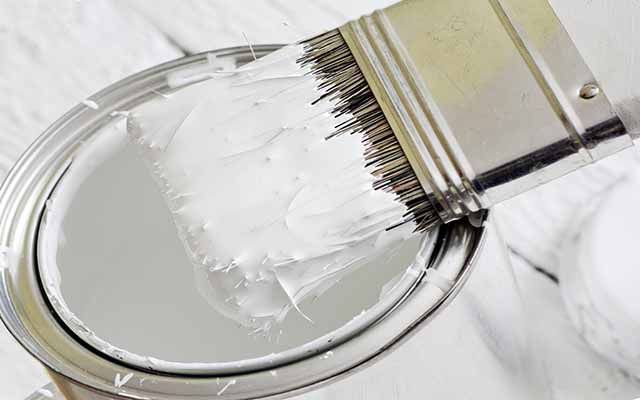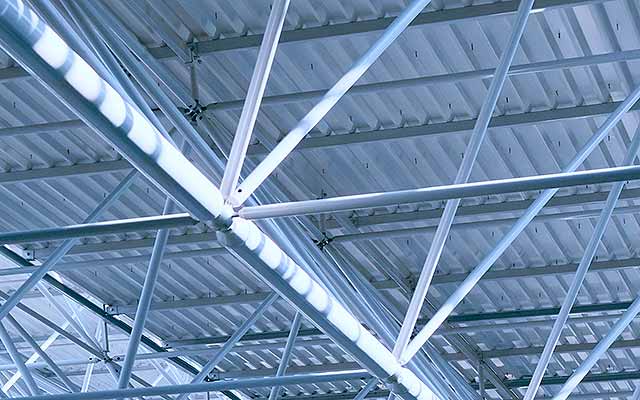In the event of damage, often it can be difficult to know the correct procedure to repair the paint coating. We are regularly asked questions over the phone regarding intumescent paint maintenance and repairs, and because of this, we have prepared this short guideline for you to browse over and help you understand the correct method of repair. These guidelines are for repairs to steel where 30 minute 60 minute and 120 minute repairs are required.
Physical Damage Repair
Remove all loose, and flaking paint from the area surrounding the damage by scraper or by abrading with sand paper to create a good key. This will help to reduce poor adhesion of the paint used for the repair.
Damage might be to bare mild steel, or to the topcoat and surface of the intumescent coating, where there are different processes to follow in each circumstance.
Bare Mild Steel
The Steelguard Intumescent Paint should be cut out to one or two centimetres from the damaged area, in every direction back to a sound edge. This should be large enough so that manual preparation can be carried out.
Make sure the exposed substrate is dry, clean and free from any contamination. This could be oil, grease, salt, chemicals, dust, liquids, or dirt etc.
Prepare the steel to achieve ISO 8501-1 St 3. Therefore the resulting surface should provide a good key. Again this should be free from dust, debris or any other form of contamination before commencing painting.
The exposed steel should then be primed with SigmaCover 2, applied at a film thickness of 100 microns dry film.
Once the coating is dry, lightly abrade the surrounding sound coatings by 25-30mm to remove any existing sealer coat, before reinstating the specified thickness of intumescent paint using original PPG Steelguard intumescent coatings. Take care when doing this, so that you do not excessively overlap the intumescent paint or topcoat that already exists.
Allow the surface to dry, abrading where necessary to achieve a suitable finish. Overcoat repaired areas using a brush or roller with the original topcoat to the original dry film thickness. Make sure to overlap the sound finish by 50mm this time round.
Topcoat and Surface of Intumescent Coating
Remove any areas of loosely adhered topcoat. Then the abrade the surface lightly. Afterwards ensure all exposed areas of intumescent paint are clean, dry and free from debris.
Now, reinstate the intumescent paint to the original specified thickness, using the original Steelguard intumescent paint coating. Again, take care not to overlap the existing intumescent or topcoat too much. You can purchase certain grades of Steelguard Intumescent filler for these kind of repairs.
Allow the surface to dry before over-coating the repaired areas with the original topcoat. Be sure to use the original dry film thickness and overlap the sound areas which already exist by 50mm.
Carry out regular inspections to the condition of the paint coatings. Also check for mechanical damage, especially at low levels. Touch these up as and when you find them in accordance with the repair procedures previously outlined.



